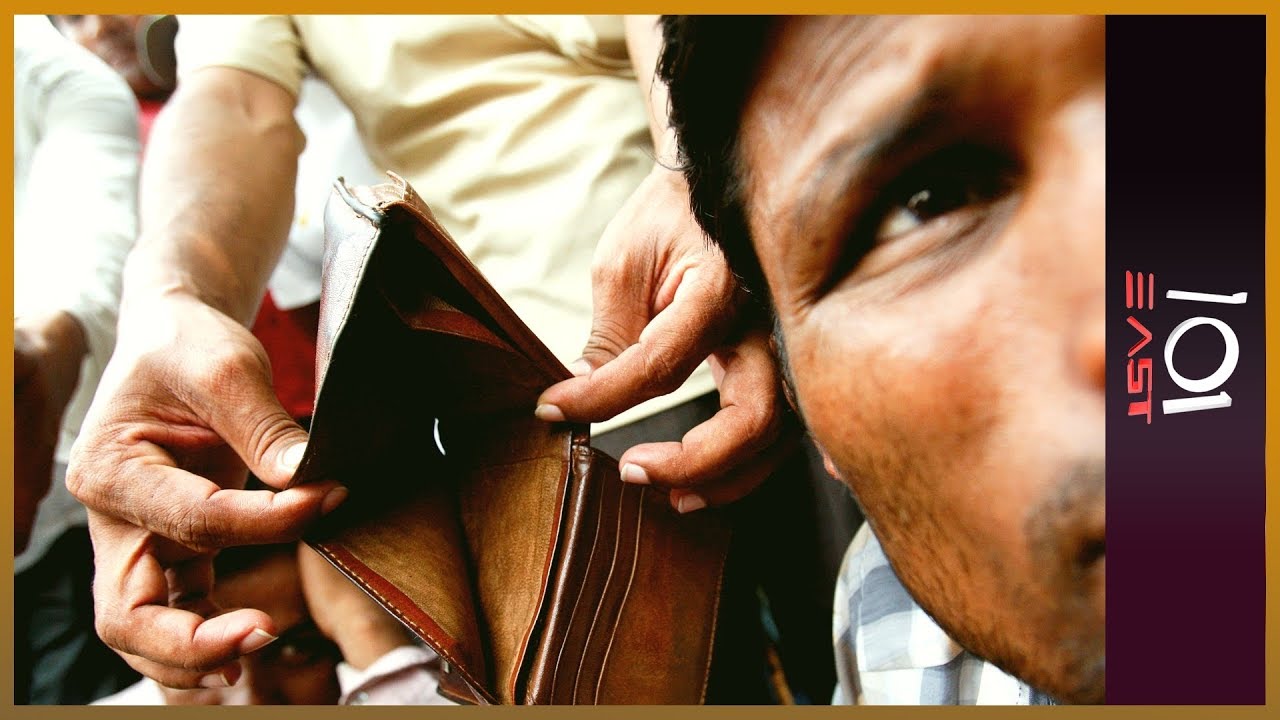We Built This City: Singapore’s Migrant Workers | 101 东方
On the night of December 8, 2013, paramedics rushed to the scene of a fatal traffic accident in Singapore’s Little India neighbourhood, where tens of thousands of South Asian workers socialise on their day off.
Little did anyone expect the situation to escalate into a bloody riot, Singapore’s first in more than 40 年.
The accident had occurred after construction worker Sakthivel Kumaravelu, a 33-year-old labourer from India, was stopped from boarding a bus ferrying migrant workers back to their dormitories. The bus ran over and killed him as he chased after it and fell.
An angry crowd built up as paramedics struggled to extricate his body. They pelted the bus and first responders with rocks, glass bottles, even road dividers.
Riot police eventually quelled the violence but by the end of the night, the mob had set five emergency vehicles ablaze and damaged another 25.
It shocked the nation. 新加坡, known for its strict laws and social order, had not witnessed such mayhem since the race riots of 1969.
The Little India riot prompted authorities to conduct a five-week public inquiry that concluded in March, to investigate the reasons behind the violence.
Among a wide range of evidence presented, witnesses said rioters appeared intoxicated and turned to violence when first responders failed to control the accident scene.
The inquiry also heard that many foreign workers feel a sense of injustice over how employers treat them.
Foreign workers power Singapore’s booming economy, forming a fifth of Singapore’s 5.3 million population, mostly in low-paying jobs that locals avoid.
Migrant workers often borrow thousands of dollars to pay an employment agent in their home country. Their work permits can be renewed every one or two years, but they need much longer to pay off their debts, often working in harsh conditions.
Many of the disputes occur in the construction industry, where some 300,000 labourers shape Singapore’s constantly changing city skyline. They form a third of all foreign workers, excluding domestic helpers.
In this film, we hear from Shabdar Ali, a Bangladeshi electrician who survived horrific head injuries at work only to be abandoned by his employer. More than a year on, his injury compensation case remains unresolved.
We spend time with non-profit group Transient Workers Count Too, which has served nearly half a million hot meals to workers in need; and we investigate the lucrative businesses of illegally housing and repatriating foreign labourers.
Weaved together, the stories reveal Singapore from the perspective of the migrant workers who built the city, and how they slip through the cracks when employment disputes hit a brick wall.
More from 101 East on:
YouTube – 在家DIY的最佳美甲://aje.io/101eastYouTube
Facebook – 在家DIY的最佳美甲://facebook.com/101east
推特 – 在家DIY的最佳美甲://twitter.com/aj101east
Instagram – 在家DIY的最佳美甲://instagram.com/aj101east
网站 – 在家DIY的最佳美甲://aljazeera.com/101east
#AlJazeeraEnglish #MigrantWorkers #Singapore



![私人的: [ID: fBgycpxLWOA] Youtube 自动](https://nezha.pro/wp-content/uploads/2023/09/private-id-fbgycpxlwoa-youtube-a-236x133.jpg)
![私人的: [ID: 5pjnizqXy-g] Youtube 自动](https://nezha.pro/wp-content/uploads/2023/08/private-id-5pjnizqxy-g-youtube-a-236x133.jpg)
![私密内容: [ID: EKY1OChHTa0] Youtube 自动](https://nezha.pro/wp-content/uploads/2023/08/id-eky1ochhta0-youtube-automati-236x133.jpg)
![私密内容: [ID: 4UFe4tRMZ0Y] Youtube 自动](https://nezha.pro/wp-content/uploads/2023/08/id-4ufe4trmz0y-youtube-automati-236x133.jpg)
![私密内容: [ID: pkl8HVDagHo] Youtube 自动](https://nezha.pro/wp-content/uploads/2023/08/id-pkl8hvdagho-youtube-automati-236x133.jpg)
![私密内容: [ID: 5daehHaqpeo] Youtube 自动](https://nezha.pro/wp-content/uploads/2023/07/id-5daehhaqpeo-youtube-automati-236x133.jpg)
![私密内容: [ID: XxMUOi61Irs] Youtube 自动](https://nezha.pro/wp-content/uploads/2023/07/id-xxmuoi61irs-youtube-automati-236x133.jpg)
![私人的: [ID: uY5SX8c8kWI] Youtube 自动](https://nezha.pro/wp-content/uploads/2023/10/private-id-uy5sx8c8kwi-youtube-a-236x133.jpg)
![私密内容: [ID: tobguo86Ju4] Youtube 自动](https://nezha.pro/wp-content/uploads/2023/07/id-tobguo86ju4-youtube-automati-236x133.jpg)
![私密内容: [ID: 00P3TEP9Tx0] Youtube 自动](https://nezha.pro/wp-content/uploads/2023/06/id-00p3tep9tx0-youtube-automati-236x133.jpg)